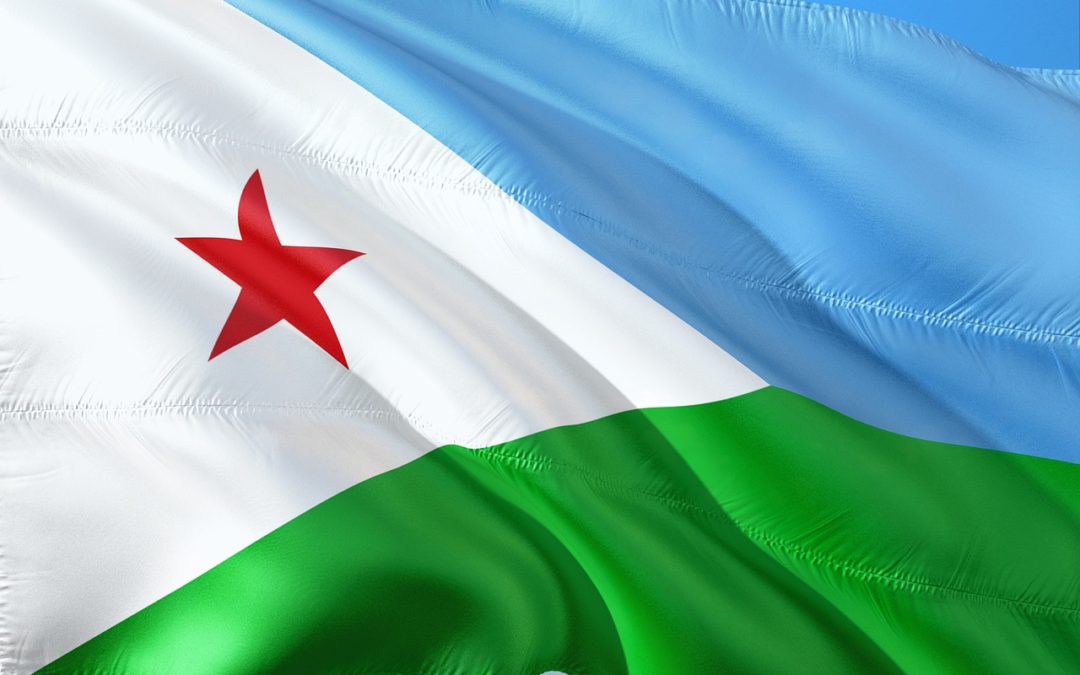Stratex discovers epithermal gold in Djibouti
Stratex International (LON:STI) this morning said it has discovered epithermal gold in the Asal exploration licence area, effectively proving the Afar gold district extends into the Republic of Djibouti.
The company has already found epithermal gold across the border in Ethiopia at its Megenta and Mille projects.
Initial field-work on the 35-square kilometre Asal licence has defined an epithermal quartz vein float, which is essentially fragments of rock detached from the outcropping mineralisation.
The best gold values returned were 2.5 grams, 5.07 grams and 7.8 grams per tonne of the precious metal.
Executive director David Hall said: “The discovery of epithermal gold mineralisation at Asal is significant and confirms our belief that the Afar gold district extends into the Republic of Djibouti.
“The Asal rift is a structure of intense tectonic activity in the zone of crustal divergence in the Afar and the interplay of rhyolite bimodal volcanism with gold mineralisation here is exciting.
“The presence of gold values in a rhyolite dome shows a possible driver for the gold system and the priority now is on detailed mapping and sampling to fully evaluate this exciting new discovery.
“Having already discovered epithermal gold mineralisation at our Megenta and Mille prospects in the Afar Region, this confirmed discovery at Asal further substantiates our view that this is an emerging new gold district.
“We look forward to more discoveries as our reconnaissance exploration work continues and anticipate commencing the 3,000 metre diamond drill programme at Megenta in the near future.”
Stratex has an agreement with Thani Ashanti, an AngloGold Ashanti and Thani Investments joint venture company, to fast-track the development of eleven licences collectively known as the Afar Project, located in the Afar Depression of eastern Ethiopia and Djibouti.
The Afar Project includes five exploration licences in Ethiopia and six in Djibouti.
Thani Ashanti has the option to earn a 51 per cent of the project by spending US$3 million.

